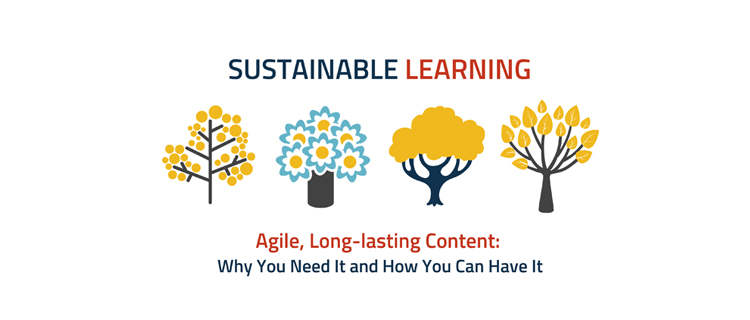Learning is an essential factor responsible for the unhindered progress of any company. The reality of today’s business scenario is spelt by change. In order for any company to thrive, it must navigate the constantly evolving trends that govern its industry.
In any given company, no matter how big or small, employees are the drivers of change. Different types of employees have different skill sets that are of value to their company. And learning is what equips them to apply these skills in a manner that is contextually relevant to the business of the company. Whether it is initial onboarding training, or any other learning scenario, the ROI of the outcome always pertains directly to the performance of the company.
As mentioned above, learning is given strategic importance in companies; which means that there will have to be some parameters involved, justifying the amount of time and money that is required. Measuring the business impact of learning therefore becomes imperative. Some great ways to measure the impact of learning are:
The points covered above, provide a broad idea on the assessment of business impact of learning, as well as its importance. These ideas are broken down objectively, by a method called Kirkpatrick’s 4 level training evaluation model.
Level 1: Reaction
The third law of physics states that: Every action must have an equal and opposite reaction. When it comes to training however, the reactional element can, if properly understood, help in ascertaining future action. In other words, learning programs are of different types, suited to varying contexts, as well as employees. If you are able to effectively gauge the response of employees regarding a particular training approach, then understanding the future course of action (improvements, etc) becomes simple.
This stage involves actually looking into the progress made by employees on a particular learning program. A good way to do this, is by comparing employee progress with the preset objectives of the program itself. In doing so, you will not only know exactly where your employees stand, but also gain foresight regarding future training endeavours.
Level 3: Behaviour
This stage is all about application. Training is nothing more than the dissemination of information, with the aim of broadening knowledge and skill of employees. It is only natural for an employee to put something that he/she has learnt, into useful practice. Keeping tabs on this is a definite way of knowing just how effective the training has been. The outcome of training can also manifest in other ways, such as rise in confidence, retention, awareness, and others.
Level 4: Results
This is the bottom line of everything. All of your learning program outcomes boil down to highly useful information, in the form of metrics (performance, etc). The results of employee training is what ultimately justifies any and all investments made in it in the first place.
DelphianLogic® is the Registered Trademark of DelphianLogic Technologies



